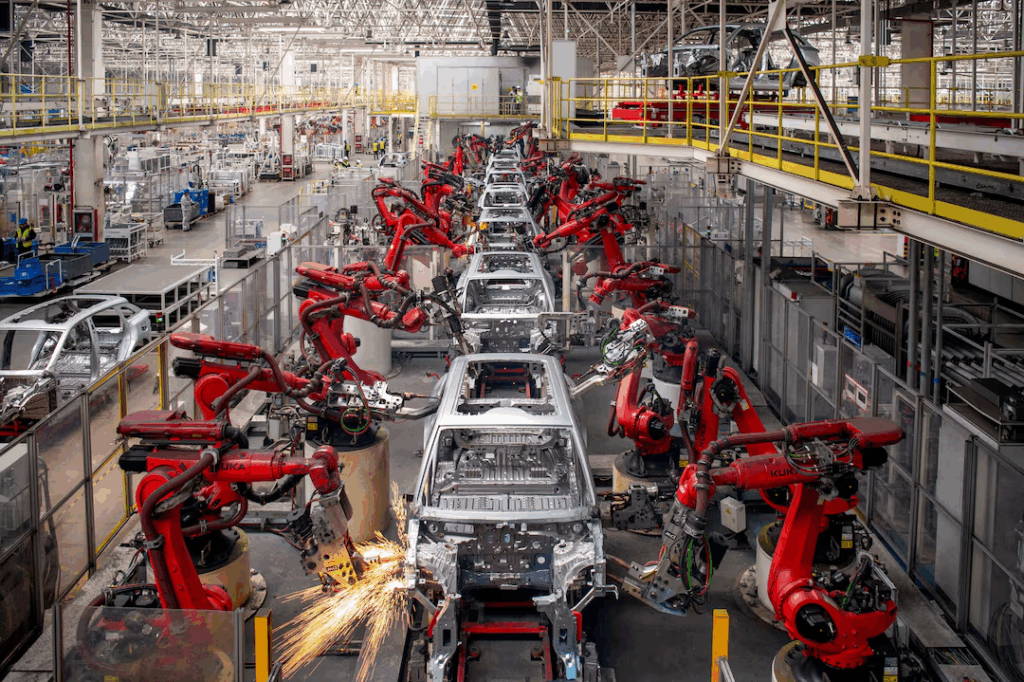China’s Industrial Output and Retail Sales Slow Amid US Trade Tensions But Economy Shows Resilience


China’s industrial output and retail sales posted slower growth in April, reflecting mounting pressure from ongoing trade tensions with the United States. Despite the dip, analysts say the Chinese economy is demonstrating surprising resilience.
According to data released Monday by China’s National Bureau of Statistics, industrial production grew 6.1% year-on-year in April—down from a 7.7% increase in March. Retail sales also slowed, rising 5.1% compared to 5.9% the previous month, and falling short of expectations.
Forecasts had predicted weaker results, with Reuters projecting a 5.5% growth in factory output and Bloomberg forecasting 5.7%.
Fixed-asset investment, which includes spending on infrastructure and property, rose 4% year-on-year, while the unemployment rate edged down slightly from 5.2% to 5.1%.
The figures come after China’s economy grew 5.4% in the first quarter of the year, exceeding many analysts’ forecasts and fueling optimism about the country’s ability to weather external economic shocks, particularly U.S. tariffs.
In a statement, the National Bureau of Statistics said the economy continued to show “new and positive development momentum,” thanks to Beijing’s targeted economic policies. However, it cautioned that “many unstable and uncertain factors” remain in the global environment, and emphasized the need for further efforts to consolidate the recovery.
The data follows last week’s trade breakthrough between Washington and Beijing, where both sides agreed to sharply reduce tariffs for 90 days. Under the deal, the U.S. cut tariffs on Chinese goods from 145% to 30%, while China lowered its duties from 125% to 10%.
Despite this temporary relief, concerns linger over the long-term impact of tariffs on global supply chains.
“The risk is that tariffs remain in place for a long time, and eventually, we see production offshored,” said Lynn Song, chief economist for Greater China at ING. “But amid tariff unpredictability—not just for China but across the world—few companies will be rushing to commit resources to set up offshore manufacturing facilities.”
“This could mean that a decent portion of China’s manufacturing and exports will be less impacted than originally feared,” Song added.
The figures underscore the balancing act facing Chinese policymakers as they seek to stimulate domestic demand while navigating an increasingly uncertain global trade environment.


